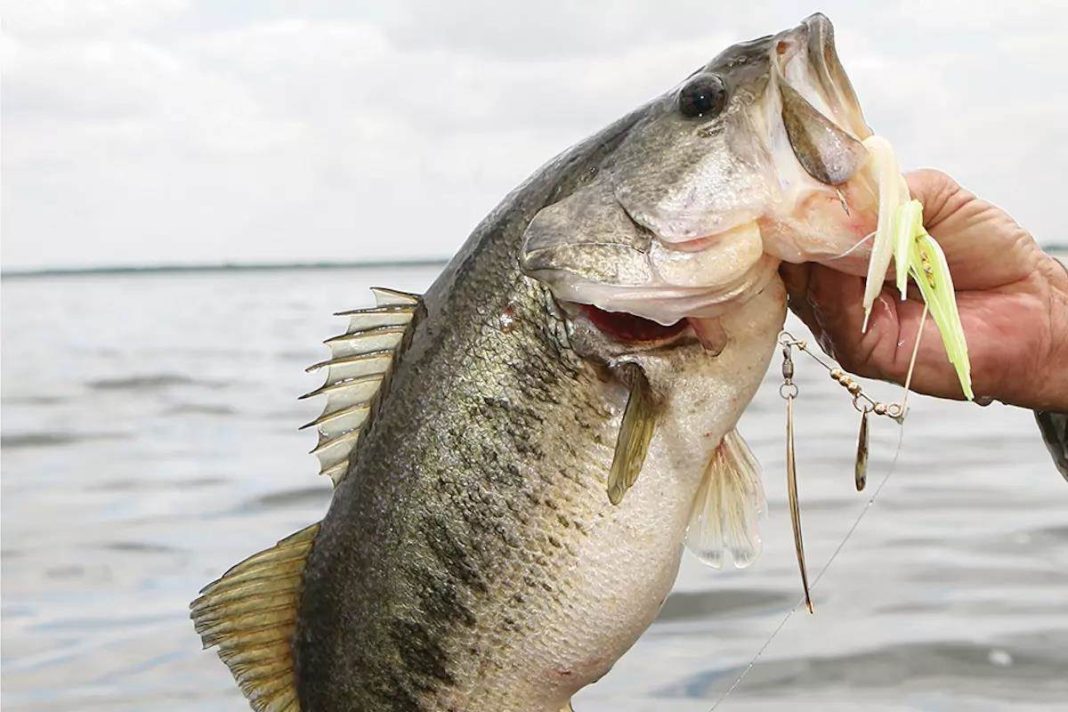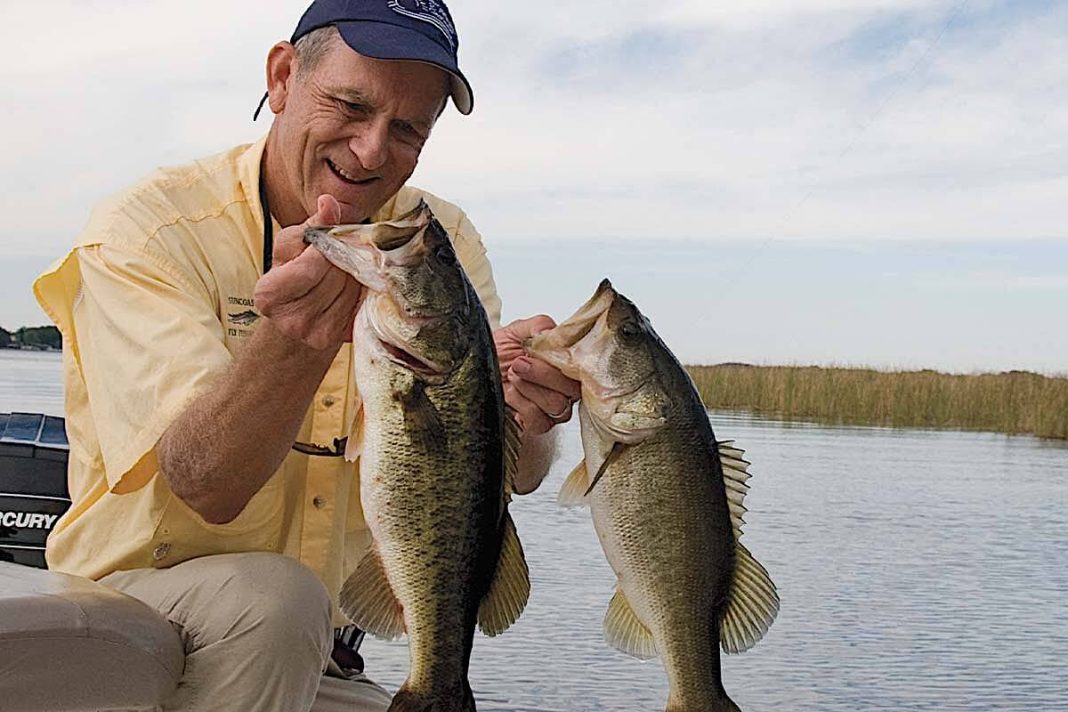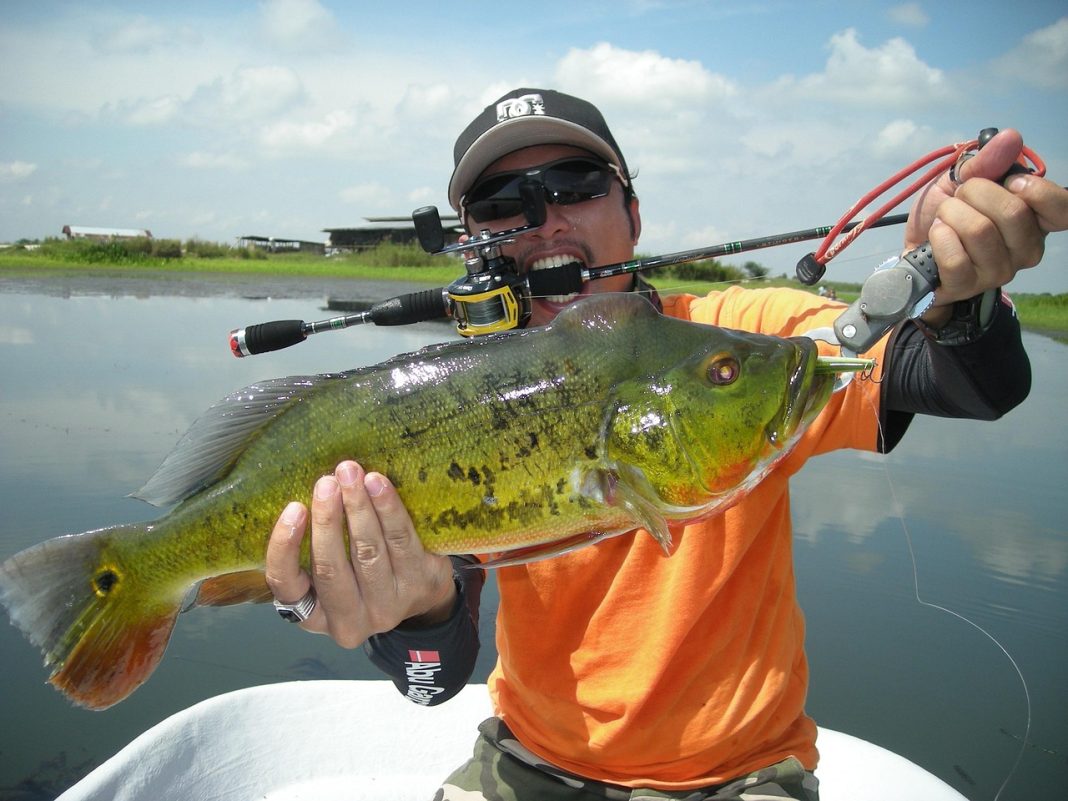Fishing muddy water can be a challenge, but with the right spinnerbait, you can turn the tables and land more fish. While real-time intel is scarce right now, years of tournament experience have taught me which spinnerbaits consistently perform in these tough conditions. This guide will equip you with the knowledge to choose the perfect spinnerbait and improve your muddy water success.
Understanding Muddy Water and Spinnerbait Selection
Muddy water limits visibility, making it harder for fish to locate prey. This is where spinnerbaits shine. Their vibrations and flash act like a dinner bell, drawing fish from a distance. Forget finesse – in murky conditions, it’s about triggering reaction strikes. We need a lure that screams, “Eat me!” even when the fish can’t see clearly. Choosing the right spinnerbait involves understanding how its components contribute to attracting fish in low visibility.
Key Features of a Muddy Water Spinnerbait
A winning muddy water spinnerbait isn’t your average joe. We’re talking heavy-duty construction and maximum vibration. Look for a robust wire frame that can handle aggressive strikes and heavy cover. A premium ball-bearing swivel is crucial to prevent line twist, especially with the slower retrieves often required in muddy water. And don’t skimp on the hook – a sharp, strong hook ensures solid hooksets when a lunker slams your bait.
Top Spinnerbait Colors for Murky Conditions
Color selection is critical in muddy water. Forget subtle shades; we need bold, high-contrast colors that cut through the murk. Chartreuse, white, and firetiger are my go-to choices. Chartreuse offers excellent visibility and mimics baitfish in stained water. White provides a stark contrast against the dark background. Firetiger combines the best of both worlds with its vibrant orange, yellow, and black pattern. In extremely muddy conditions, black can surprisingly be effective, creating a strong silhouette.
Blade Selection and Retrieval Techniques
Blade selection directly impacts vibration and flash. For muddy water, I prefer larger Colorado or Indiana blades. Their wider surface area displaces more water, generating a powerful thump that fish can’t ignore. A slow, steady retrieve is key. This allows the spinnerbait to stay in the strike zone longer and gives fish ample opportunity to react. Occasionally bumping the bait off cover or adding a slight lift-and-fall can further entice strikes.
Recommended Spinnerbait Models (Based on Personal Experience)
Look, I’m not here to shill products, but certain spinnerbaits have consistently delivered for me in muddy water. The War Eagle Screamin’ Eagle with its heavy-duty frame and loud thump is a beast. Strike King’s Premier Plus Spinnerbait with its high-quality components and vibrant colors is another winner. And you can never go wrong with a classic like the Booyah Pond Magic, a versatile spinnerbait that excels in various conditions.
Tips and Tricks for Fishing Spinnerbaits in Muddy Water
- Slow and Steady: Resist the urge to burn your spinnerbait. A slow retrieve is crucial in muddy water.
- Feel the Bottom: Maintain contact with the bottom to maximize your chances of triggering a strike.
- Vary Your Retrieve: Add pauses, twitches, and lifts to your retrieve to entice lethargic fish.
- Focus on Cover: Muddy water often pushes fish tight to cover. Target areas like logs, brush piles, and weed edges.
- Upgrade Your Line: Heavier line (17-20 lb test) provides better control and helps you pull fish out of heavy cover.
- Confidence is Key: Believe in your spinnerbait and your presentation, and the fish will follow.
Mastering these techniques and choosing the right spinnerbait will transform you from a muddy water struggler to a true conqueror. Now go out there and dominate!
Weather Impact Analysis
The barometric pressure is relatively stable, fluctuating between 1016.85 and 1020.78 hPa, which is unlikely to significantly impact bass fishing. While a dramatic pressure drop can trigger a feeding frenzy, this data suggests a relatively neutral pressure environment. More influential will be the light rain (1.56mm accumulated) and somewhat reduced visibility (average 15.55km, but as low as 12.36km) which will muddy the water further, impacting bass visibility and making them more likely to rely on vibrations and sound to locate prey.
Wind speeds are moderate, averaging 4.1 mph with gusts up to 9.2 mph. This will contribute to the turbidity of the already muddy water and create some choppy surface conditions, which can make spotting bass difficult. However, the wind can also be beneficial. It oxygenates the water and helps camouflage angler movements, potentially increasing the chances of a strike if you use the right lure and retrieve technique for the conditions. The relatively low wind speeds suggest that while wind will be a factor, it’s unlikely to be prohibitively disruptive to fishing.







